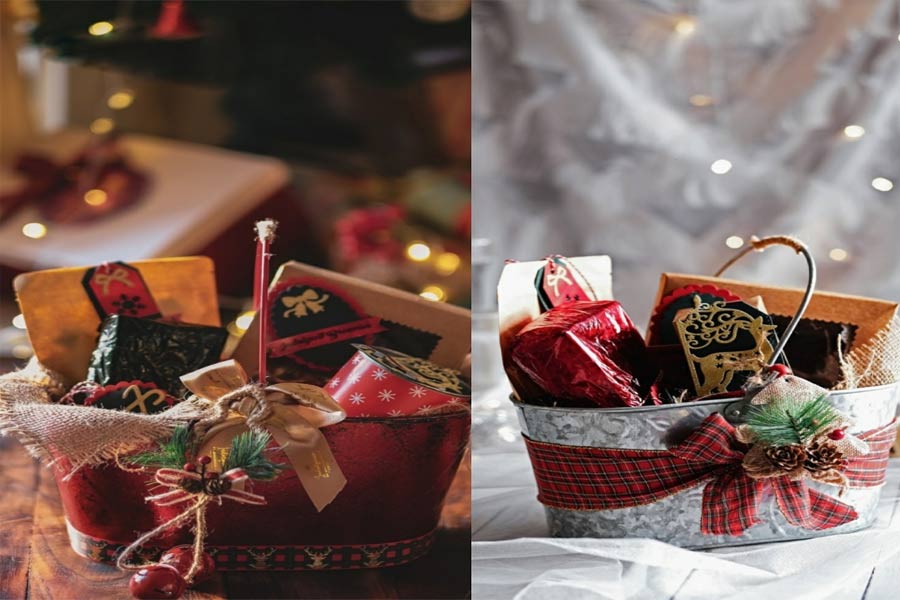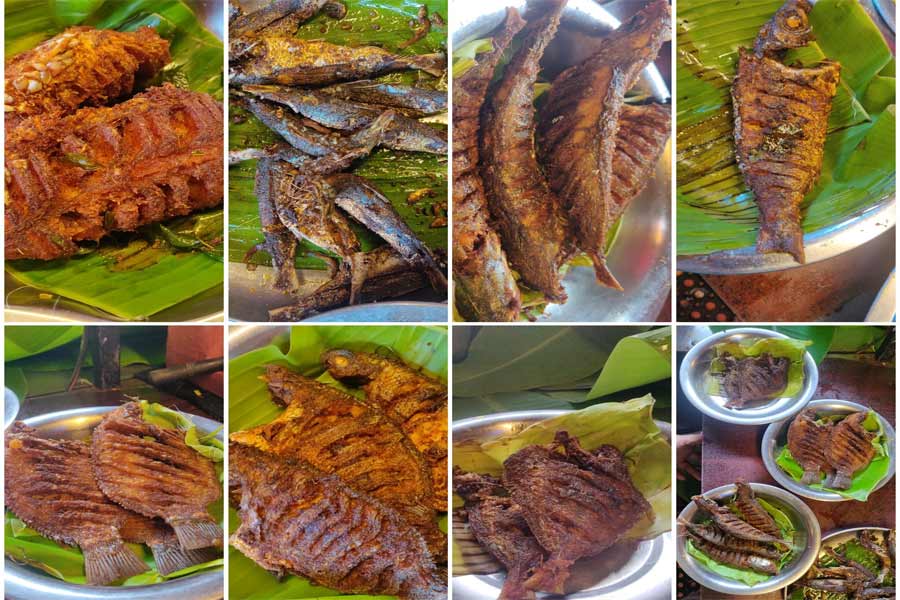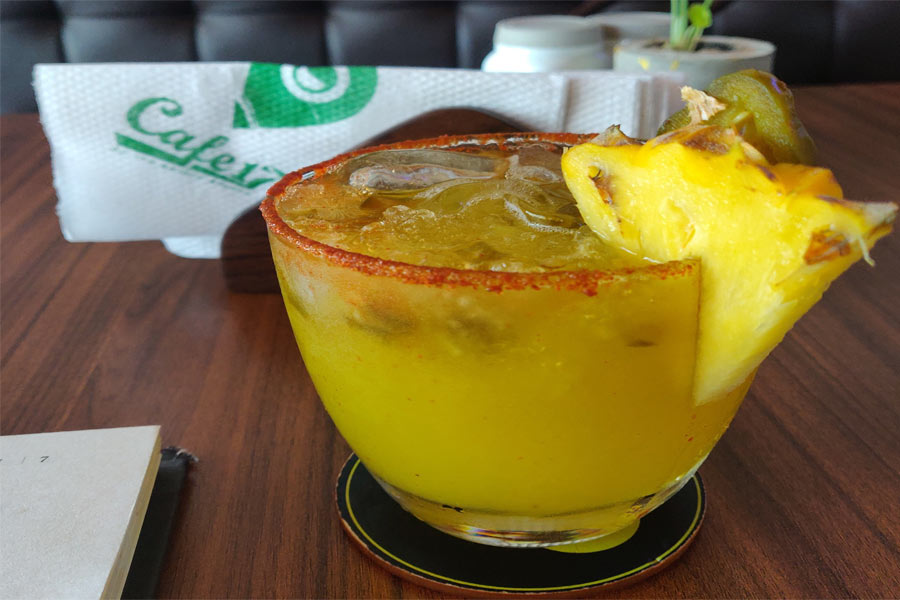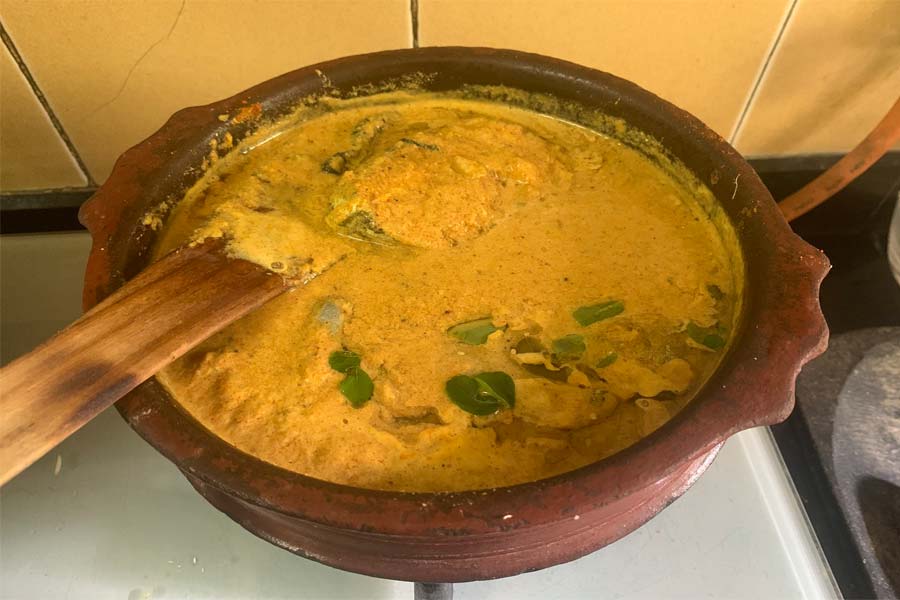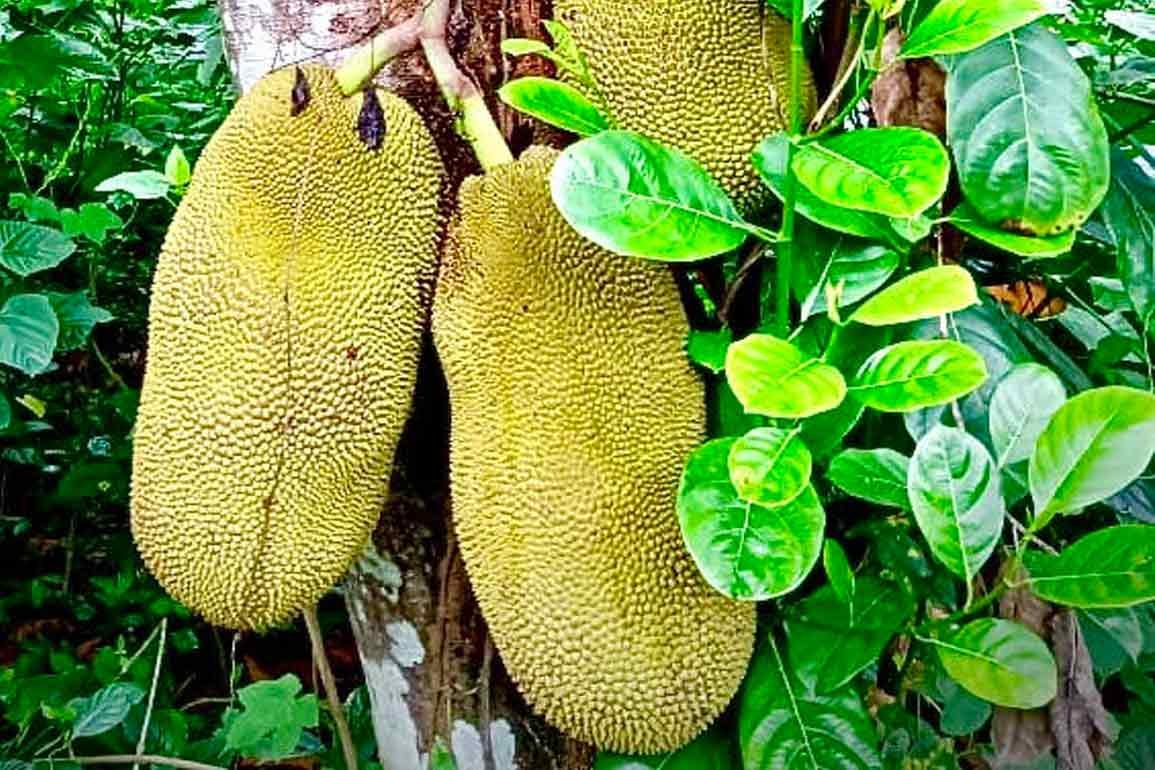‘The Jackfruit Company’ said the label and ‘Pulled Pork’, the product. Our humble chakka (jack fruit) and pork? That is interesting, I thought and checked the ingredients: Young Jackfruit, Water, Expeller Pressed Canola Oil, Pea Protein, Sea Salt, Yeast, Smoked Sugar, Onion Powder, Garlic Powder, Black Pepper. But where did the pork go? That is when realization dawned. The links that were flooding my timeline which as usual were skipped for meatier contents. The new age miracle food that is apparently creating storms across chef’s tables in western world. “The perfect whole food plant-based meat alternative,” said experts. Is it all a dream, I wondered. And as is my usual wont, I closed my eyes set out on a trip of more than a few thousand miles, back to that sleepy village by the river Pamba.

The trees stood like an afterthought. One here, one there, minding its own business and demanding nothing but some space in the yard. I am not sure whether anyone even seriously planted a seed or sapling. Maybe it just grew by itself from a nut that was discarded carelessly. Its childhood would have been slightly tough if there were goats around, the leaves were their favorite food. Growing up without much ado, the tree would start bearing fruits after three to four years.
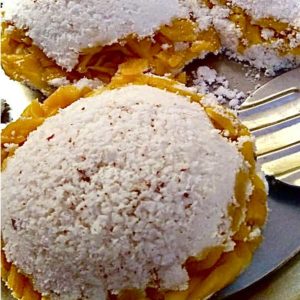
The outer layer looks like the face of a teenager with an acute case of pimple break outs. The heart though is another story altogether. It takes one form when raw and a totally different one when ripe. Just like that teenager. I have seen only two types of chakka, the firm and strong varikka and the coy and mellow koozha. And may be one more, the much-coveted sub species, the thenvarikka, so called for its honey like sweetness. The fruits would usually be left undisturbed to languish by itself until they reached the stage of just before turning ripe.
Cutting the fruit and separating the chula (individual fruit) is not for the mild hearted. A large knife sharpened to perfection, one or two strong strokes across the middle, it would open its heart wide and lay bare in front of you, ready to be torn apart. Woe betide you if you forgot to coat your hands in ample amounts of coconut oil, for this can be a sticky affair. The sap gets attached to you quite easily and getting it off your hands can be quite a task.
The raw ones were taken down occasionally to make the mouth watering puzhukku. The petals are cut into small pieces and boiled in water until it turns soft. Meanwhile a concoction of grated coconut, shallots, green chillies, a few pinches of cumin and turmeric powder gets ground on stone. This is then dumped on top of the now soft chakka pieces, covered and cooked for a few minutes. Once the raw smell goes off, everything is mixed well, a teaspoon or so of coconut oil and few sprigs of curry leaves added and the puzhukku is ready. Paired with kaanthaari (bird’s eye chilly) chutney or fiery red fish curry, this is one of the tastiest breakfast or evening dishes you could ever think of.
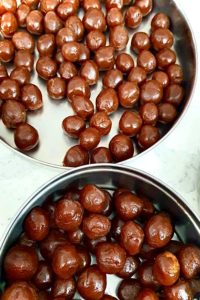
The plethora of raw jackfruit preparations that we see marketed across the world today singing paeans to its nutritious value tells us how wise our ancestors were. Another much coveted raw jack fruit preparation is the fried version, the chakka varuthathu (fried jack fruit). Split open just at the right stage, somewhere between raw and ripe, the flowers are expertly cut into long pieces, smeared with turmeric, fried crisp until golden in coconut oil and sprinkled with salt. The thinner the strips, the higher your expertise in making this. As for devouring it one after another, anyone could lay claim to be a master.
The fun starts as the fruit ripens. You don’t have to keep a tab; your nose will tell you when it is ready. I have heard people say it stinks, but then what do those amateurs know of golden ambrosia? The thenvarikka takes precedence everywhere. The easiest of all is the chakka puttu. Replace the grated coconut with sliced chakka chula and voila, a meal by itself is ready. No sides required, for this one.
The ingredients in almost all the sweet dishes are more or less the same. Jaggery, grated coconut, powdered cardamom, dried ginger and some flour. The mix, what you wrap it in, and the strength of your forearms makes all the difference. Melt the jaggery, add grated coconut, cardamom powder and a pinch of salt. Slowly sauté until everything is mixed well, the chakka pieces should retain its identity and not lose itself in the mix. This is used as a filling, also eaten as such when the spirits of gluttony gets out of control. The outer covering is of rice flour made into a dough with salt and water. This is gently spread into a thin oblong on banana leaves. The filling is spread on one side, and the leaf gently folded to close it. Steamed in a traditional appa chembu, this is the famous ada. The banana leaves impart its own flavor to the ada as it sweats itself out and droops in the steam. Another version is to fill the chakka mix inside a ball of the same dough and steam it. The chakka kozhukkatta.
The kumbil was made from the koozha species. The chulas would be a gooey mess and you just have to press it neatly through a sturdy sieve. The standard ingredients along with a few pinches of cumin seeds, the jackfruit paste mixed into it and rice flour added little by little, the consistency have to be neither too thick nor too loose. Next comes the tricky part. Leaves of cinnamon tree have to be deftly shaped into cones, filled with the chakka mix and covered with one end of the leaf. Sometimes the leaves are also kept in place with sticks of coconut leaves. Steaming it is, again. Another one for the evening snacks.

The next version tests your patience and strength. The ingredients are pretty much the same again. A fairly large uruli would be hoisted on a triangle of stones, jaggery melted in it and sliced pieces of jackfruit added. It would be stirred relentlessly; the intent is not to allow it to stick to the vessel. The mixture boils and hisses in anger at first, and then slowly hardens itself into reality. At this stage ghee is added little by little to make it pliant. Dried ginger powder added a little later and after a couple of hours, the whole thing gathers into a mass and gets detached from the vessel. This is now transferred into a flat vessel smeared with ghee and shaped into balls or cut into flat pieces. The chakka varattiyathu is ready. Somewhere along the process if wheat flour, more ghee and fried cashew nuts are added, this turns into halwa. There are differing opinions, some say varattiyathu and halwa are the same. Cousins and friends couldn’t shed light on this dilemma, but an aunt confirmed it. My taste buds seldom lie or forget, I knew. I remember the distinct tastes of each, ammachi’s chakka halwa was my favorite. The varattaiyathu will always remain the poor cousin.
Talking about chakka, how can one forget its kuru (seed)? Never discarded, these were dried in the sun and added to a list of curries. By itself with some shallots , chilli powder and turmeric, it transforms itself into the tastiest mezhukku puratti, added to pieces of mango and ground coconut gravy it turns itself into the lip smacking chakka kuru maanga curry, prawns and mango pieces in coconut milk converts this into a non veg curry, how much more versatile can a fruit be?
The daughter comes in to ask something and I am jolted out of my reverie. I am pulled back to the label with its promises of meat like texture. Yes, or no? There can never be a substitute for certain things in life, I realize. It was the taste of the land that added flavor to those dishes of yore, further sweetened by the banter of my grandmother and her helpers, the gossip, and the most important ingredient of all, the abundance of love that was poured into it that made it special. No promises of meat like taste can replace it. Ever.
varikka, koozha, thenvarikka – varieties of jackfruit
puzhukku – steamed version of raw jackfruit with some spices
varuthathu – fried
appa chembu – vessel used for steaming food
uruli – large heavy bottomed vessel made of bell metal
varattiyathu – a sweet sautéed dish
ammachi – grandmother
mezhukku puratti – savoury sautéed dish
maanga – mango


